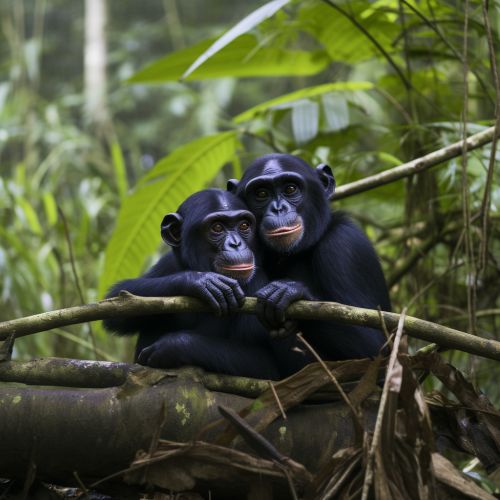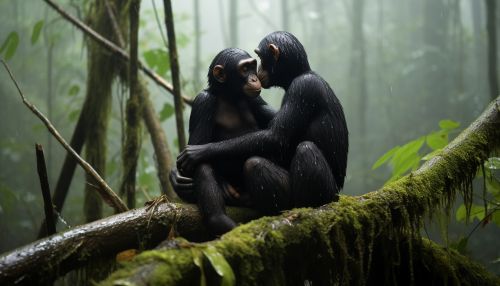Same-sex Intercourse
Introduction
Same-sex intercourse, also known as homosexual behavior, refers to sexual activity between individuals of the same sex. It occurs across a broad spectrum of animal species, including humans, and is a natural part of sexual behavior. This article delves into the biological, sociocultural, and historical aspects of same-sex intercourse, providing a comprehensive understanding of the topic.
Biological Aspects
From a biological perspective, same-sex intercourse is observed in numerous animal species, indicating that it is not exclusive to humans. In fact, it has been documented in over 450 species of animals worldwide. This includes mammals like bonobos and dolphins, as well as birds, insects, and other invertebrates.


In humans, the biological basis of same-sex intercourse is not fully understood. It is believed to be influenced by a combination of genetic, hormonal, and environmental factors. Several studies have suggested the existence of a "gay gene", but the scientific consensus is that no single gene or set of genes can determine sexual orientation.
Sociocultural Aspects
Sociocultural aspects of same-sex intercourse vary greatly across different cultures and historical periods. In some societies, such as ancient Greece and Rome, same-sex intercourse was widely accepted and even celebrated. In others, it has been stigmatized or criminalized.
In contemporary societies, attitudes towards same-sex intercourse have evolved significantly over the past few decades. The LGBT rights movement has played a crucial role in promoting acceptance and equality for individuals who engage in same-sex intercourse. However, homophobia and discrimination persist in many parts of the world.
Historical Aspects
Historically, same-sex intercourse has been documented in various cultures across the globe. In ancient Greece, for instance, relationships between adult men and adolescent boys, known as pederasty, were common and socially accepted. Similarly, in some Native American cultures, individuals known as Two-Spirits who embodied both masculine and feminine traits were often involved in same-sex relationships.
In contrast, in many societies influenced by Abrahamic religions, same-sex intercourse has been viewed as sinful or immoral. This has led to the persecution and marginalization of individuals who engage in same-sex intercourse. However, interpretations of religious texts vary, and some religious groups and denominations now affirm and celebrate same-sex relationships.
Legal Aspects
The legal status of same-sex intercourse varies globally. In many countries, it is legal and protected by anti-discrimination laws. However, in some countries, same-sex intercourse is criminalized, and individuals can face severe penalties, including imprisonment or even death.
The decriminalization and legalization of same-sex intercourse has been a significant aspect of the LGBT rights movement. Landmark legal cases, such as the Lawrence v. Texas case in the United States, have played a pivotal role in this process.
Conclusion
Same-sex intercourse is a complex phenomenon that encompasses a range of biological, sociocultural, and historical dimensions. It is a natural part of sexual behavior, observed in numerous animal species, including humans. Despite societal and legal challenges, acceptance and recognition of same-sex intercourse have increased globally, reflecting a broader shift towards sexual diversity and equality.
